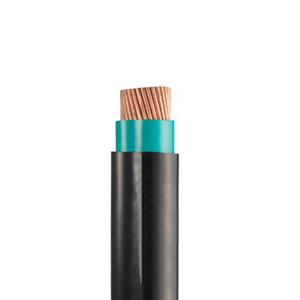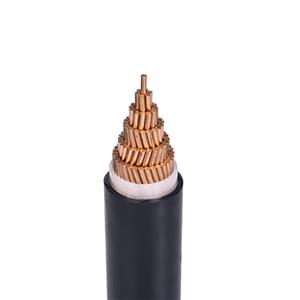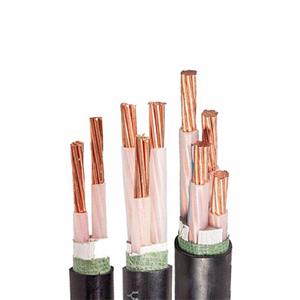From materials to performance,explaining the difference between fire-resistant and standard wires for you
Electrical wires, serving as the "blood vessels" of power transmission, are ubiquitous in our lives. Fire-resistant wires and ordinary wires, though seemingly similar, are actually vastly different in their material composition, and these differences determine their drastically different performance characteristics.

The conductor is the core of an electrical wire, responsible for carrying current. If the conductor is the "heart" of the wire, then the insulation and sheathing materials are its "firewall," playing a crucial role in fire safety. Fire-resistant wires employ a double-layer protective structure. The inner layer is an inorganic mineral insulation layer, like a dense heat-insulating blanket, effectively blocking heat transfer. The outer layer is wrapped with fiberglass fire-resistant tape or ceramicized silicone rubber, which quickly forms a dense sintered layer in flames, like putting a fireproof armor on the wire, keeping flames and high temperatures at bay. In contrast, ordinary wires typically have insulation layers made of polyvinyl chloride (PVC) or rubber. These materials have an ignition point of only 150-200℃, making them easily ignited when exposed to flames. Moreover, they release toxic gases such as hydrogen chloride when burning, harming human health and polluting the environment; they also melt and drip, easily spreading the fire. Besides the difference in materials, structural design is another major difference between fire-resistant and ordinary wires. To cope with extreme environments, fire-resistant wires have an added metal shielding layer, such as copper or steel strip armor, which is like putting a sturdy metal armor on the wire. This not only effectively shields against external electromagnetic interference but also enhances the wire's mechanical strength. Ordinary wires, on the other hand, have a relatively simple structure, usually consisting of a conductor and a single layer of insulation. When faced with extreme conditions such as high temperatures or fires, the structure of ordinary wires proves inadequate, making it difficult to guarantee the safe and stable transmission of electricity.

Besides differences in high-temperature resistance, fire-resistant wires and ordinary wires also have fundamentally different fire-resistant mechanisms, their roles in a fire being like two soldiers with different responsibilities. The core mission of fire-resistant wires is to ensure "circuit integrity," acting like a firefighter with a crucial mission, continuously and stably supplying power to critical equipment such as fire pumps, emergency lighting, and alarm systems during a fire. This continuous power supply buys precious time for evacuation and firefighting operations, like a beacon of hope in the darkness. While flame-retardant ordinary wires also possess some fire resistance, their primary function is "self-extinguishing and non-flame-spreading," meaning the flame extinguishes itself after being removed from the fire source. This is like a soldier controlling the spread of fire in its early stages. However, under sustained high temperatures, their insulation layer is prone to failure, leading to short circuits and making them unable to guarantee a stable power supply during a fire like fire-resistant wires. They are more suitable for general power transmission tasks in ordinary scenarios without special fire protection requirements.

The essential difference between fire-resistant wires and ordinary wires lies in their positioning: "special protection" versus "basic assurance." Residential users don't need to blindly pursue fire-resistant wires, but flame-retardant types should be prioritized in high-temperature areas such as kitchens and balconies. In engineering applications, strict adherence to regulations is necessary, and fire-resistant wires must be consistently used in fire protection circuits and high-temperature equipment. The value of wires lies not only in their conductivity but also in their ability to "not fail" in critical moments—choosing the right wires is building an invisible "firewall" for the safety of life and property.




